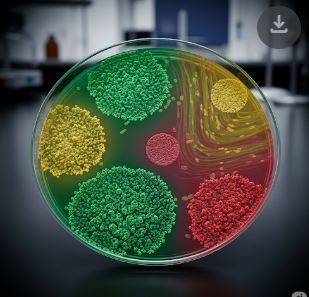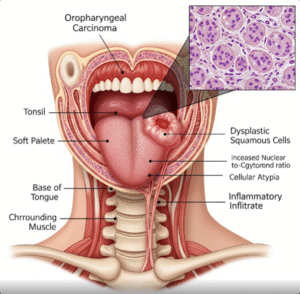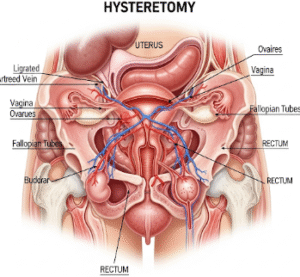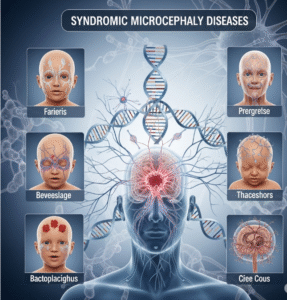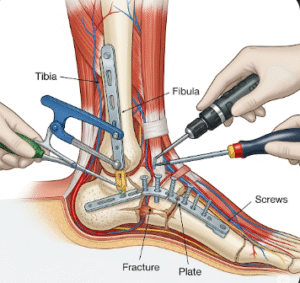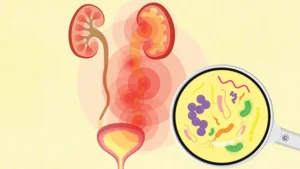Overview
Bacterial infections occur when harmful bacteria enter the body, multiply, and cause illness. These microorganisms can affect various organs and systems, ranging from the skin and respiratory tract to the digestive and urinary systems. While some bacteria are beneficial and essential for health, pathogenic bacteria can lead to mild or severe diseases. In Korea, the healthcare system offers world-class diagnostic facilities, advanced antibiotics, and preventive care to treat bacterial infections effectively. The country’s medical infrastructure ensures early detection, targeted treatment, and patient education to prevent recurrence.
What is Bacterial Infections?
Bacterial infections refer to illnesses caused by harmful bacteria invading the body’s tissues. These bacteria can enter through wounds, inhalation, contaminated food, or contact with infected individuals. Unlike viral infections, bacterial infections can often be treated with antibiotics, although resistance to antibiotics has become a growing concern worldwide. Common examples of bacterial infections include strep throat, urinary tract infections (UTIs), tuberculosis, bacterial pneumonia, food poisoning, and skin infections like cellulitis. The severity of a bacterial infection can range from mild discomfort to life-threatening conditions, depending on the type of bacteria and the affected body system.
Symptoms
Symptoms vary depending on the location and type of bacterial infection, but general signs include:
- Fever and chills
- Fatigue and weakness
- Localized pain, swelling, or redness
- Pus or discharge from wounds or affected areas
- Cough, difficulty breathing, or chest pain in respiratory infections
- Diarrhea, vomiting, or abdominal cramps in gastrointestinal infections
- Painful urination or frequent urination in urinary tract infections
Causes
Bacterial infections develop when harmful bacteria overcome the body’s natural defenses. The main causes include:
- Direct contact with infected people or contaminated surfaces
- Ingestion of contaminated food or water
- Poor hygiene practices leading to bacterial spread
- Open wounds or injuries allowing bacteria to enter the body
- Weakened immune system due to illness, medication, or poor nutrition
- Environmental exposure to bacteria in soil, water, or crowded places
Risk Factors
Certain conditions and lifestyles increase the risk of bacterial infections:
- Chronic diseases such as diabetes, kidney disease, or HIV/AIDS
- Recent surgery or hospitalization
- Advanced age or very young age
- Immunosuppressive therapies like chemotherapy or corticosteroids
- Poor sanitation and hygiene
- Unsafe sexual practices
- Living or working in environments with high bacterial exposure
Complications
If left untreated or improperly treated, bacterial infections can cause serious complications:
- Sepsis – a life-threatening widespread infection in the bloodstream
- Organ damage due to prolonged inflammation
- Meningitis – infection of the membranes surrounding the brain and spinal cord
- Pneumonia – severe lung infection leading to breathing difficulties
- Chronic infection or recurrence in the case of resistant bacteria
- Abscess formation in skin or internal organs
Prevention
Preventing bacterial infections involves both personal hygiene and public health measures:
- Wash hands regularly with soap and water
- Practice safe food handling and cooking
- Drink clean, filtered, or boiled water
- Maintain proper wound care and keep injuries clean
- Avoid close contact with infected individuals
- Keep vaccinations up to date for bacterial diseases like tetanus, diphtheria, and pneumonia
- Practice safe sex to prevent sexually transmitted bacterial infections
- Avoid unnecessary antibiotic use to prevent resistance
Treatment Options in Korea
1. Diagnosis
Korean hospitals use advanced diagnostic tools to identify bacterial infections accurately:
- Blood tests – to detect bacterial presence and measure infection markers
- Culture and sensitivity tests – to determine the exact bacteria and the most effective antibiotic
- Imaging scans – such as X-rays, CT, or MRI to assess internal infection spread
- Urine, stool, or sputum tests – depending on the site of infection
- Rapid diagnostic kits – for conditions like strep throat or tuberculosis screening
2. Medical Treatments
- Antibiotics – prescribed based on culture results to ensure targeted therapy
- Intravenous (IV) antibiotics – for severe infections requiring hospital admission
- Topical antibiotics – for skin and localized infections
- Combination therapy – in cases where multiple bacteria are involved
Korean doctors carefully adjust antibiotic type and dosage to minimize side effects and avoid resistance.
3. Supportive Care
In addition to antibiotics, treatment may involve:
- Fever management with antipyretics
- Pain relief with analgesics
- Hydration therapy for infections causing diarrhea or vomiting
- Oxygen therapy for severe respiratory infections
4. Management of Antibiotic Resistance
Korea places strong emphasis on antimicrobial stewardship programs in hospitals. These programs ensure that antibiotics are prescribed only when necessary, and the correct dosage and duration are followed to prevent resistance.
5. Specialized Care for Complicated Cases
- Infectious disease specialists manage severe or rare bacterial infections
- Surgical intervention may be required to drain abscesses or remove infected tissue
- Rehabilitation and follow-up are provided to monitor recovery and prevent recurrence
6. Medical Tourism for Infection Care
South Korea’s combination of advanced medical technology, skilled doctors, and efficient healthcare makes it a preferred destination for treating bacterial infections. Patients benefit from:
- Comprehensive diagnostic testing within hours
- Affordable treatment compared to many Western countries
- Access to cutting-edge antibiotics and therapies
- International patient support services, including translation and personalized care plans

